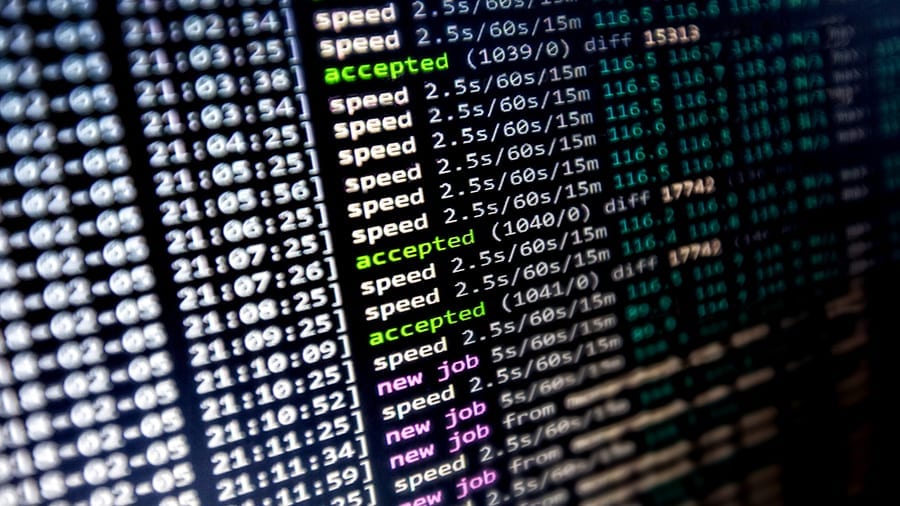According to CoinDesk, mining pools such as BTC.top and BTC.com have been able to implement a “51% attack” to cancel a transfer by another user trying to access someone else’s assets. Thus, during the recent hard fork, an unknown attacker managed to take advantage of the BCH network vulnerability and split the chain into 2 alternatives. What’s so scary about this? The fact that each user was forced to mine empty blocks for a period of time. It turned out that when the BCH cryptocurrency became independent of the bitcoin in 2017, many coins were created that were inadvertently transferred to anyone-can-spend addresses. Nevertheless, the developers managed to apply a rule called CLEANSTACK, which states that all coins should be blocked. However, this rule was removed from the protocol due to the latest hardfork, which allowed an unknown attacker to take coins that did not belong to him. The mining pools listed above, which control most of the network’s hashrate, most likely knew that such a problem could arise, or perhaps they wanted to get their hands on the coins themselves. In any case, BTC.top and BTC.com quickly reorganized the network. This incident is likely to be in the spotlight soon, as users have effectively censored the network, even though this time they were acting for seemingly good reasons.
- Compare
- Wishlist
-
-
Service Center +38 (068) 011 39 42
-
Sales department +38 (093) 170 78 75
-
Email asicfoxbtc@gmail.com
-
-








Feedback (0)
Leave a review